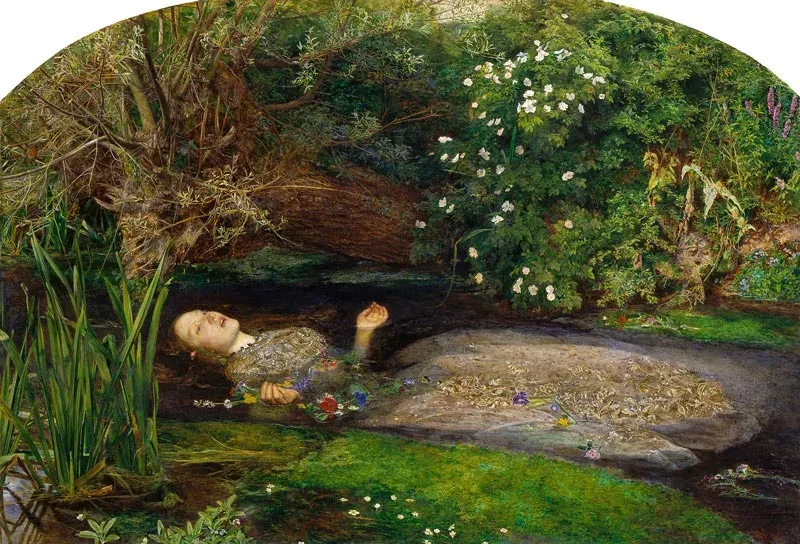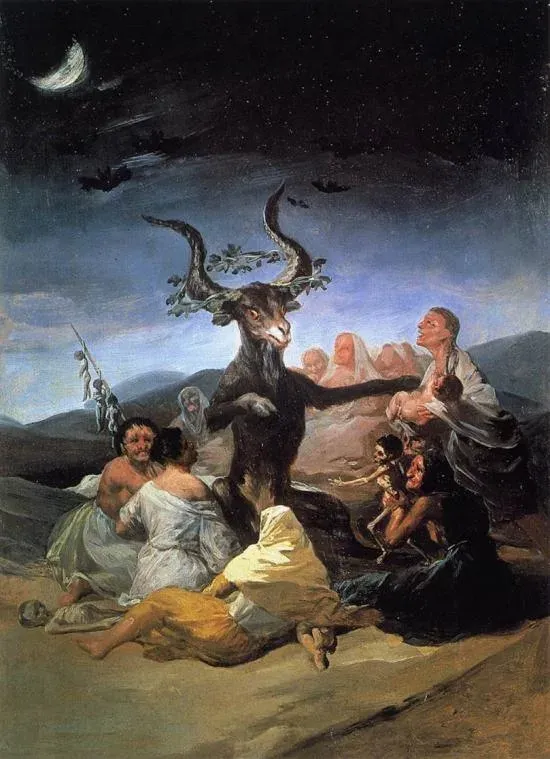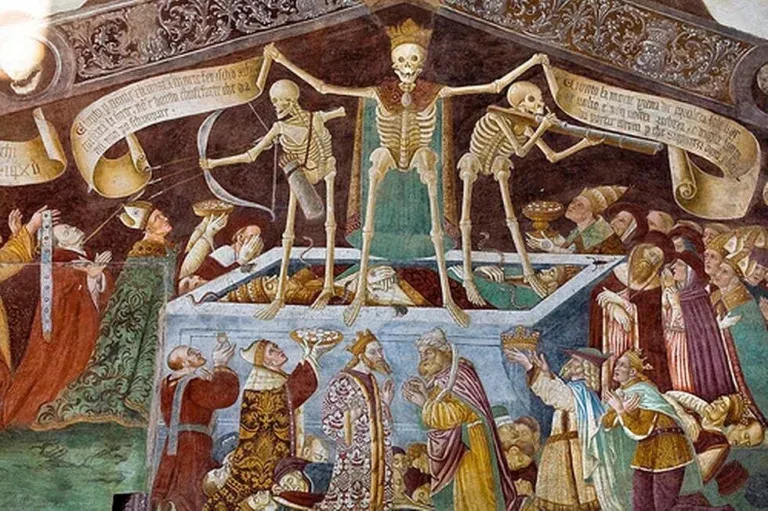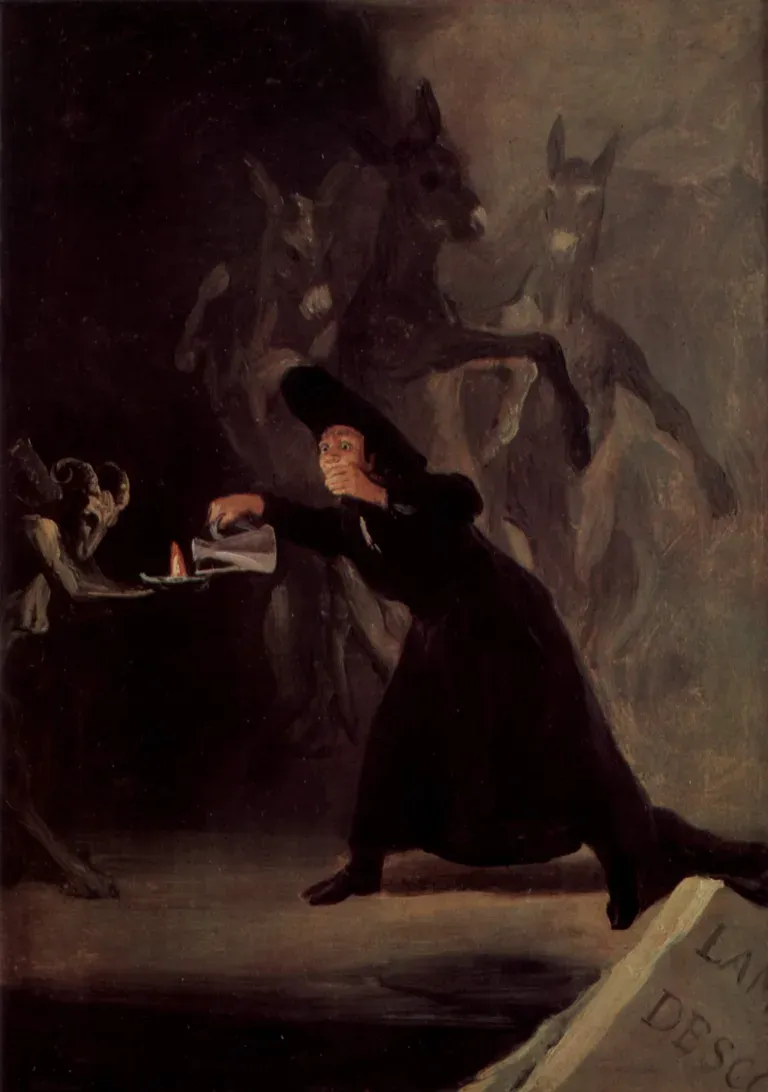The Death of Ophelia
“The Death of Ophelia” is a renowned oil painting created by the British painter John Everett Millais in 1852.
This work represents one of the most famous artistic interpretations of the scene depicting the death of Ophelia, the tragic character from William Shakespeare’s famous play “Hamlet.”
The painting portrays the figure of Ophelia, portrayed by the model Elizabeth Siddal, immersed in a stream, with her head resting on a pillow of flowers.
The young woman wears a white dress, adorned with lace and ribbons, and holds a bouquet of flowers in her hand. The water of the stream flows around her, while some flowers float on the surface.
Millais created this painting with great attention to detail, accurately reproducing the surrounding nature and the details of Ophelia’s clothing.
The painter also employed a very detailed technique, creating a series of transparent layers of color to achieve an effect of depth and luminosity.
The painting has a strong symbolic significance: Ophelia, who in Shakespeare’s drama commits suicide by drowning herself in a river, is depicted here immersed in water, as if she had surrendered to her own madness.
The flowers surrounding her represent her passions and illusions, which now lie shattered. The white color of Ophelia’s dress symbolizes the purity and innocence of the young woman, while the water represents death and the transition to another state.
Millais’s painting has been widely successful since its first public exhibition, becoming one of the most celebrated masterpieces of the Victorian period. It has also been a source of inspiration for numerous other artists, such as the French painter Paul Delaroche and the Pre-Raphaelite poet Dante Gabriel Rossetti.
In conclusion, “The Death of Ophelia” by John Everett Millais is a work of art of extraordinary beauty and depth, which evocatively represents the inner drama of the character of Ophelia.
Thanks to its great technical mastery and its strong symbolic value, this painting has become an icon of Western culture and a symbol of Victorian romanticism.







